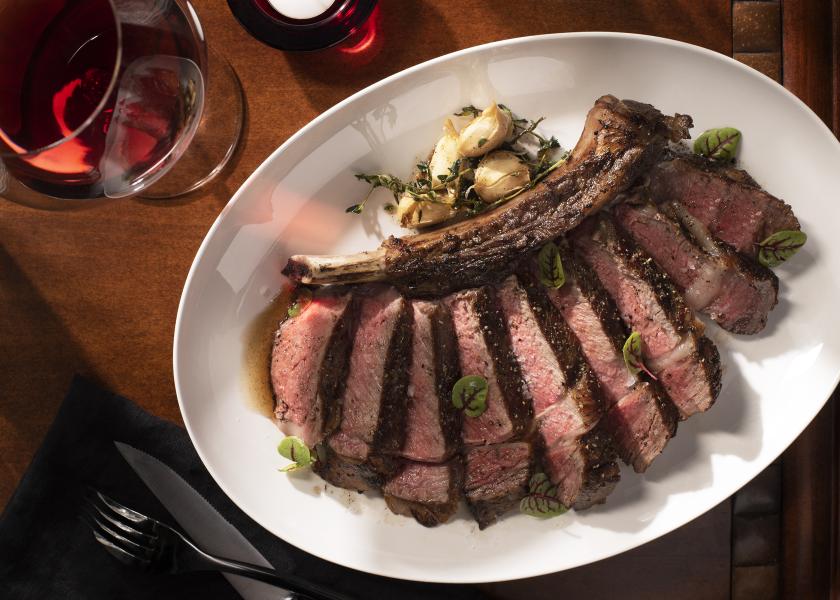More Prime Beef, Softer Demand

One significant impact of the coronavirus pandemic on the beef industry has been an increase in the number of carcasses grading Prime. COVID-19 infections at packing facilities caused a significant reduction in slaughter this spring, delaying the harvest of many market-ready cattle. That months-long bottleneck led to an increase in average carcass weights and higher grading cattle.
The shuttering of most high-end restaurants that sell Prime beef, however, softened demand for Prime.
USDA reported cattle grading Prime during March and April were just more than 10% of steer and heifer slaughter. May data show the Prime number at just over 12%, which compares with just 8% during May of 2019. June’s weekly average of steer and heifer carcasses grading prime was 10.62% compared to 7.04% last year. This year has not had a single week where the national percentage of prime has dipped below 9%. Over the 26 weeks of data the average has been over 10%, compared to 2019’s 8.55%.
“The large increase in available Prime and the lack of traffic through white tablecloth restaurants has greatly affected the premium of prime product relative to other grades,” according to the Daily Livestock Report. “Rib and loin primal values are where Prime graded beef receives the most value. In 2019, the premium for Prime beef soared in the summer due to lower grading overall brought on by the lighter dress weights. This year, more carcasses are grading Prime, but the pinch in the supply chain has raised all carcass grade premiums to reflect the tighter supply of beef.”
The backlog of cattle and the increasing number of high-grading carcasses has led to a narrowing of the price gap between Prime and Choice. In June, the premium for Prime loin values was 2% higher than last year, but branded, Choice and Select premiums rose by 20%, amounting to a $60 per cwt. increase.
“Prime graded beef has been making more inroads to into the retail space, but the generally higher price point can limit consumer accessibility,” according to the Daily Livestock Report. “The last couple of years have shown fourth quarter holiday demand to be strong and could be an opportunity to move Prime graded beef this year. Prime graded beef lends itself to special occasions especially if gatherings are focused around smaller group sizes, where whole turkey and ham are not as well suited.”
Related stories:







